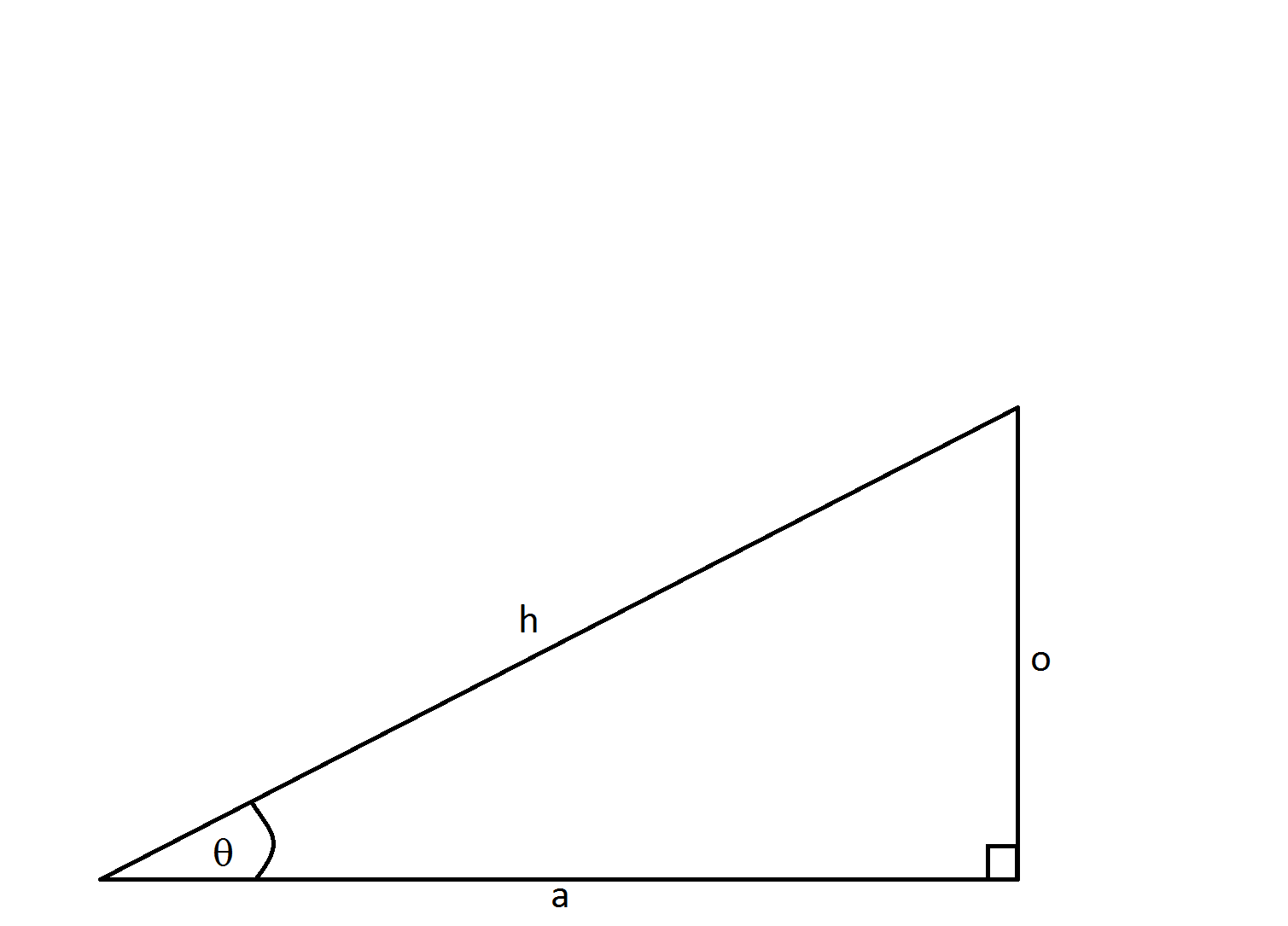All Trigonometry Resources
Example Questions
Example Question #2 : Secant, Cosecant, Cotangent
Evaluate:
Evaluate each term separately.
Example Question #551 : Trigonometry
Pick the ratio of side lengths that would give sec C.

None of the other answers.
Find the ratio of Cosine and take the reciprocal.

Example Question #21 : Trigonometric Operations
If 
The sine of an angle in a right triangle (that is not the right angle) can be found by dividing the length of the side opposite the angle by the length of the hypotenuse of the triangle.
From this, the length of the side opposite the angle 
Without loss of generality, we'll assume that the sides are actually of length 28 and 53, respectively.
We'll use the Pythagorean theorem to determine the length of the adjacent side, which we'll refer to as 
The cotangent of an angle in a right triangle (that is not the right angle) is can be found by dividing the length of the adjacent side by the length of the opposite side.
Example Question #1 : Trigonometric Operations

What is 


In order to find 



Now to find the measure of the angle using the 
If you calculated the angle's measure to be 
Example Question #21 : Trigonometric Operations

For the above triangle, what is 


We need to use a trigonometric function to find 


Example Question #22 : Trigonometric Operations

For the above triangle, what is 


We need to use a trigonometric function to find 


Example Question #23 : Trigonometric Operations
Which of the following is the degree equivalent of the inverse trigonometric function

The 


Therefore,
Example Question #24 : Trigonometric Operations
Assuming the angle in degrees, determine the value of 
To evaluate 
Inverse sine:
Inverse cosine:
Inverse tangent:
Evaluate each term. The final answers must return an angle.
Example Question #25 : Trigonometric Operations
If

what value(s) does 
Assume that 
No real solution.
If 
Since cosine and cosine inverse undo each other; we can then apply sine and secant inverse functions to obtain the solution.


are the two solutions.
Example Question #1 : Arcsin, Arccos, Arctan
Calculate 

The arcsecant function takes a trigonometric ratio on the unit circle as its input and results in an angle measure as its output. The given function can therefore be rewritten as

and is the angle measure 









All Trigonometry Resources






























































![D: [-1,1]](https://vt-vtwa-assets.varsitytutors.com/vt-vtwa/uploads/formula_image/image/376547/gif.latex)
![R \textup{ (in radians)}: [-\frac{\pi}{2},\frac{\pi}{2}]](https://vt-vtwa-assets.varsitytutors.com/vt-vtwa/uploads/formula_image/image/376557/gif.latex)
![D: [-1,1]](https://vt-vtwa-assets.varsitytutors.com/vt-vtwa/uploads/formula_image/image/376549/gif.latex)
![R\textup{ (in radians)}: [0,\pi]](https://vt-vtwa-assets.varsitytutors.com/vt-vtwa/uploads/formula_image/image/376558/gif.latex)






















